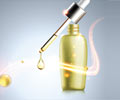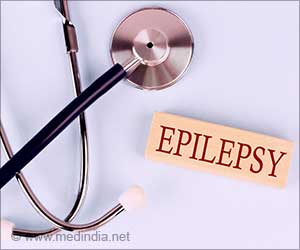Premature babies are 50 pct less likely to develop cerebral palsy if their mothers are given magnesium sulfate at the time of childbirth, suggests a new study.
A new study has deemed that if mothers are administered magnesium sulphate during premature childbirth, the risk of such babies developing cerebral palsy is cut by almost 50%.
Magnesium sulfate is traditionally used in obstetrics to stop premature labor and prevent seizures in women with hypertension.In the study involving 2,240 women who were likely to give birth before 32 weeks of gestation, administering magnesium sulfate considerably cut chances of developing cerebral palsy by almost half.
During the Beneficial Effects of Antenatal Magnesium Sulfate (BEAM) trial, half of the women intravenously received magnesium sulfate while the other half received a placebo.
The children, born to the women in the study were then examined at two-years-old
The findings revealed that the children in the magnesium group were 50 percent less likely to develop cerebral palsy compared to children in the placebo group.
"This is a substantial breakthrough in maternal fetal medicine that could positively impact the health of thousands of babies," said Alan Peaceman, MD, chair of the Division of Maternal Fetal Medicine at Northwestern Memorial Hospital, professor of Obstetrics and Gynecology at the Northwestern University Feinberg School of Medicine, and an investigator in the study.
Advertisement
"Based on results of the study, in the future it is possible that women at risk of prematurely giving birth could proactively receive magnesium sulfate to reduce their child’s chances of developing cerebral palsy," he added.
Advertisement
Source-ANI
TAN/M















